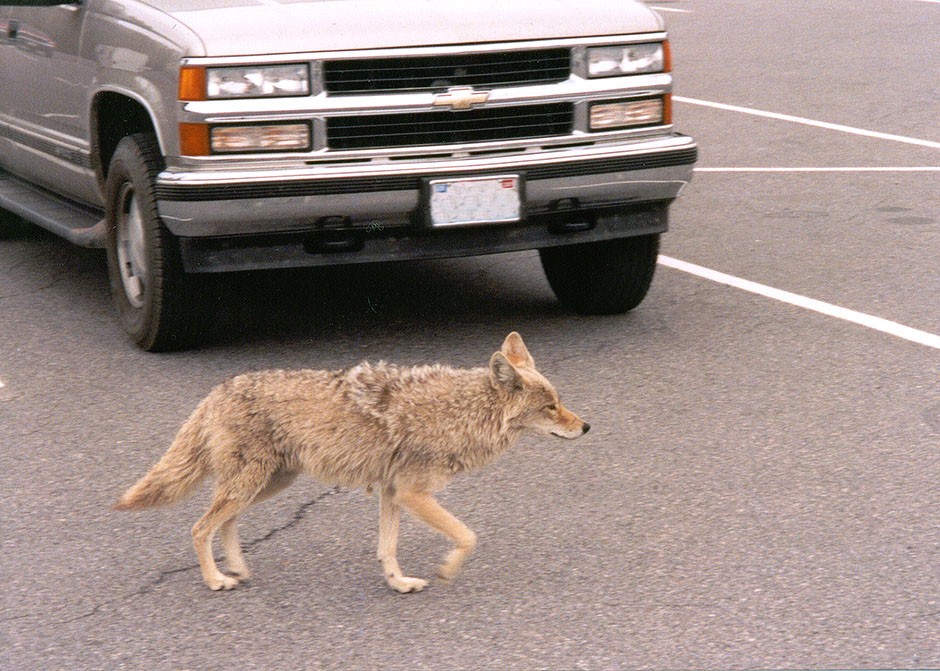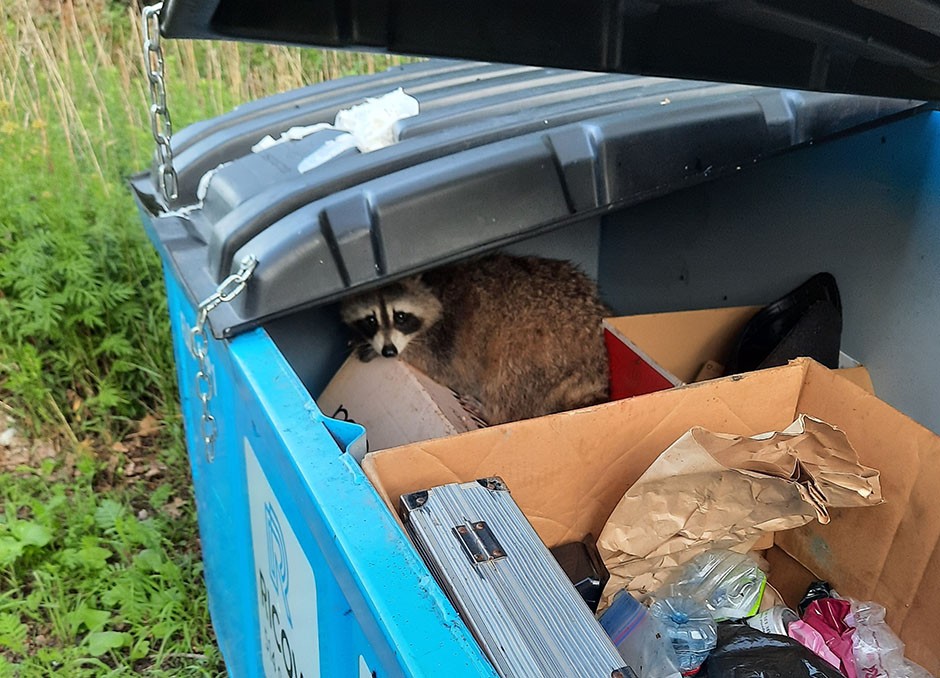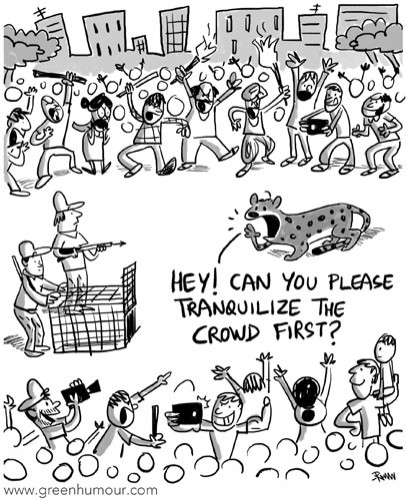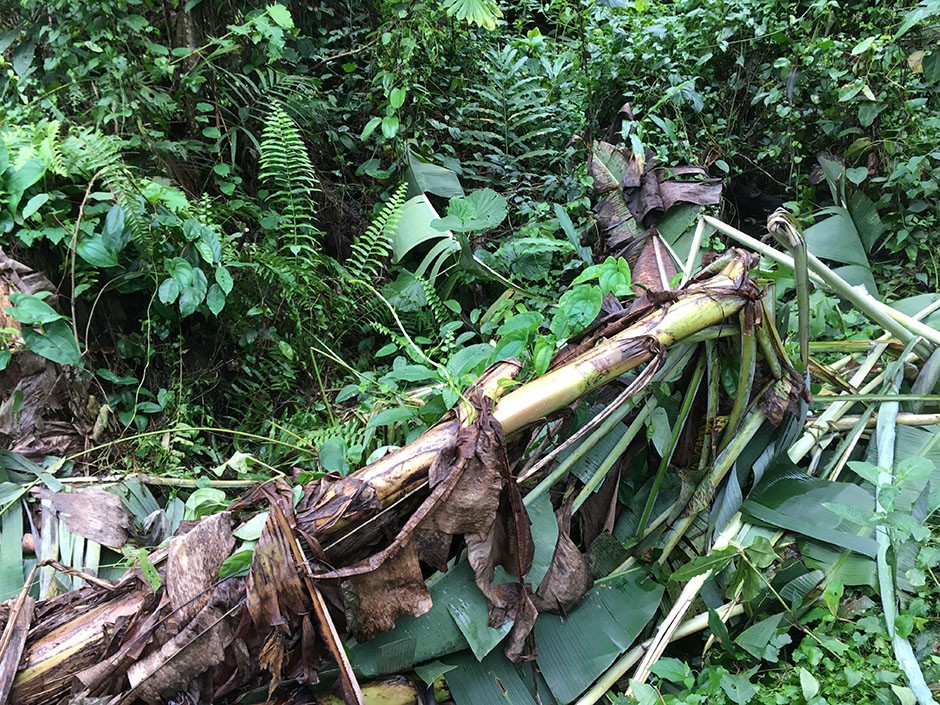We can also look at moral arguments to save endangered species and biodiversity. These range from many people’s disdain for lethal management techniques, to our stewardship responsibility as a dominant species with the potential to annihilate others. These arguments still stand even if a species is considered a nuisance. In the face of HWC, we should strive to find a solution that 1) will not endanger any species and 2) will not jeopardize the individual animals’ wellbeing (in other word, not use cruel and painful methods). In addition, nature as a whole, and specific animals, are a central and essential part of many cultures and traditions.
If we consider we can coexist with wildlife we will look for alternative management options. Nowadays, culling and relocation are too often the primary solutions put forward by professionals and agencies to deal with a problematic situation. We should not look to “win” a battle against wildlife, but rather find a common ground. Of course, because animals cannot plea for their own benefit, this often falls on the shoulder of other humans. This is why some argue that HWC are most often conflicts between people having different interests. We could create a new job: wildlife mediator! People knowledgeable of the ecological requirements and conservation status of animals, and competent to arbitrate fairly and collaboratively disaccords between positions.


 Credit: Oregon Department of Fish and Wildlife.
Credit: Oregon Department of Fish and Wildlife.
 Credit: Emily Collins
Credit: Emily Collins
 Credit:
Credit:  Plantain tree plantation destroyed by elephants near a national park, Cameroon. Credit: Isaac Blaise Djoko
Plantain tree plantation destroyed by elephants near a national park, Cameroon. Credit: Isaac Blaise Djoko
